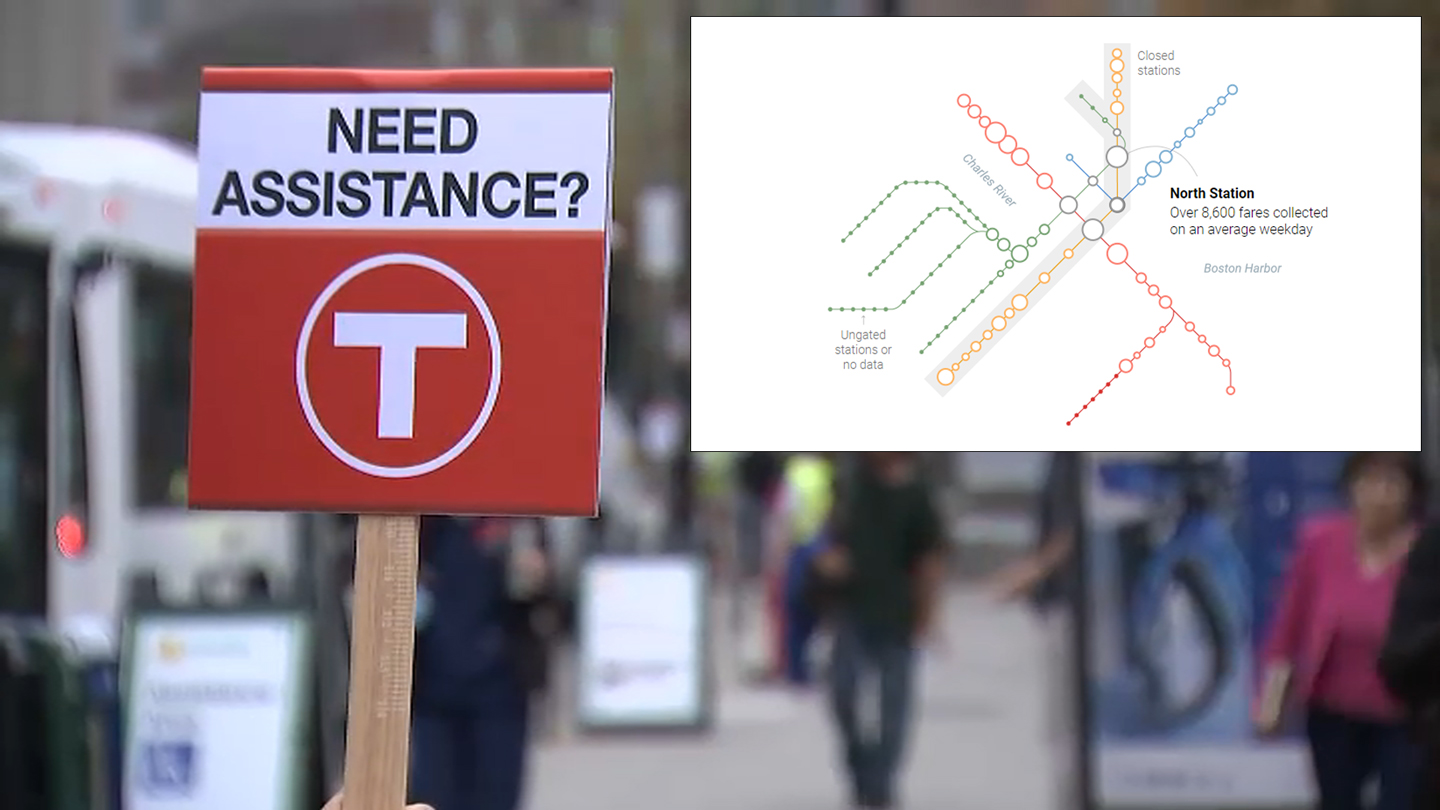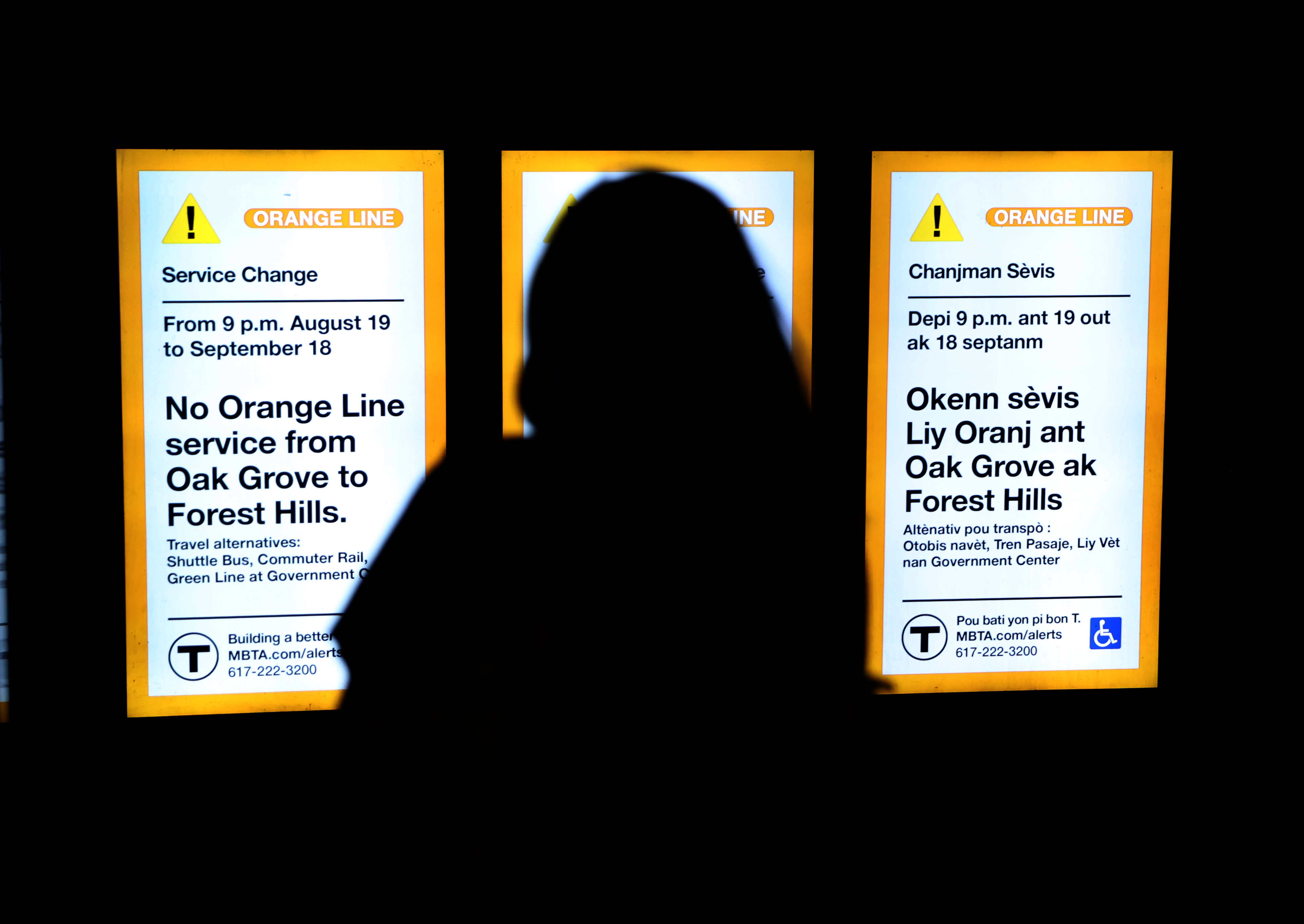Things seemed like smooth sailing early Monday morning to the surprise of some -- though they were already picking up around 8 a.m. -- on what is considered the first real test of the Orange Line shutdown.
While some commuters who spoke to NBC10 Boston said things were going better than expected first thing Monday, there's a bigger test just ahead -- Tuesday.
Speaking with NBC10 Boston, Massachusetts Department of Transportation Highway Administrator Jonathan Gulliver said Mondays haven't been the same over the past couple of years since the start of the coronavirus pandemic -- becoming a popular day for remote work -- and he expects Tuesday to really test the traffic impact from the shutdown.
"So far things are going pretty well," he said around 6:30 a.m. Monday. "But it's a little bit hard to judge from today because Mondays have been different over the last couple of years. I think later on this week, Tuesday and Wednesday, are probably going to be the bigger tests right now."
"Any time we do major changes like this to any kind of traffic pattern, the first few days are critical," he added. "We see that it takes a little bit of time for people to set into the news patterns, find whatever route that they're going to use and then stick with it, and then things settle down for hopefully the duration of it."
Gulliver said it's very important for drivers to respect the bus routes and bus turning lanes, as they need to be open for shuttle buses and emergency vehicles.
"They're going to be critical to making sure this continues to work," he added.
Officials are hoping anyone who doesn't have to travel during peak hours, doesn't.
But for those who have to be out on the roadway, be extra careful, Gulliver warned, as there will be a lot more pedestrians and cyclists.
"We really want everybody to safe," he said. "Patience is going to be critical over the next couple of weeks."
Gulliver believes they are well prepared and said they will keep a close eye this week on a few areas that popped up as hot spots in their traffic models, including Wellington Circle and Sullivan Square. He noted they've been working really closely with city and town officials along the entire route and communicated everything they can expect.
"Our biggest concern is that people don't divert and that you get so much traffic that it's going to shut down and cause some gridlock at those key places," he said. "Leverett Circle in particular. It connects so many other roadways that when you get to a point where traffic becomes gridlock, it becomes unmanageable for everybody. So that means your buses aren't moving, it means people aren't moving, it means everything isn't moving so we want to avoid that at all costs."
Gulliver said in those key areas, they will have police details to pull traffic through intersections when things become heavy. He also added that they'll address issues as they arise.




